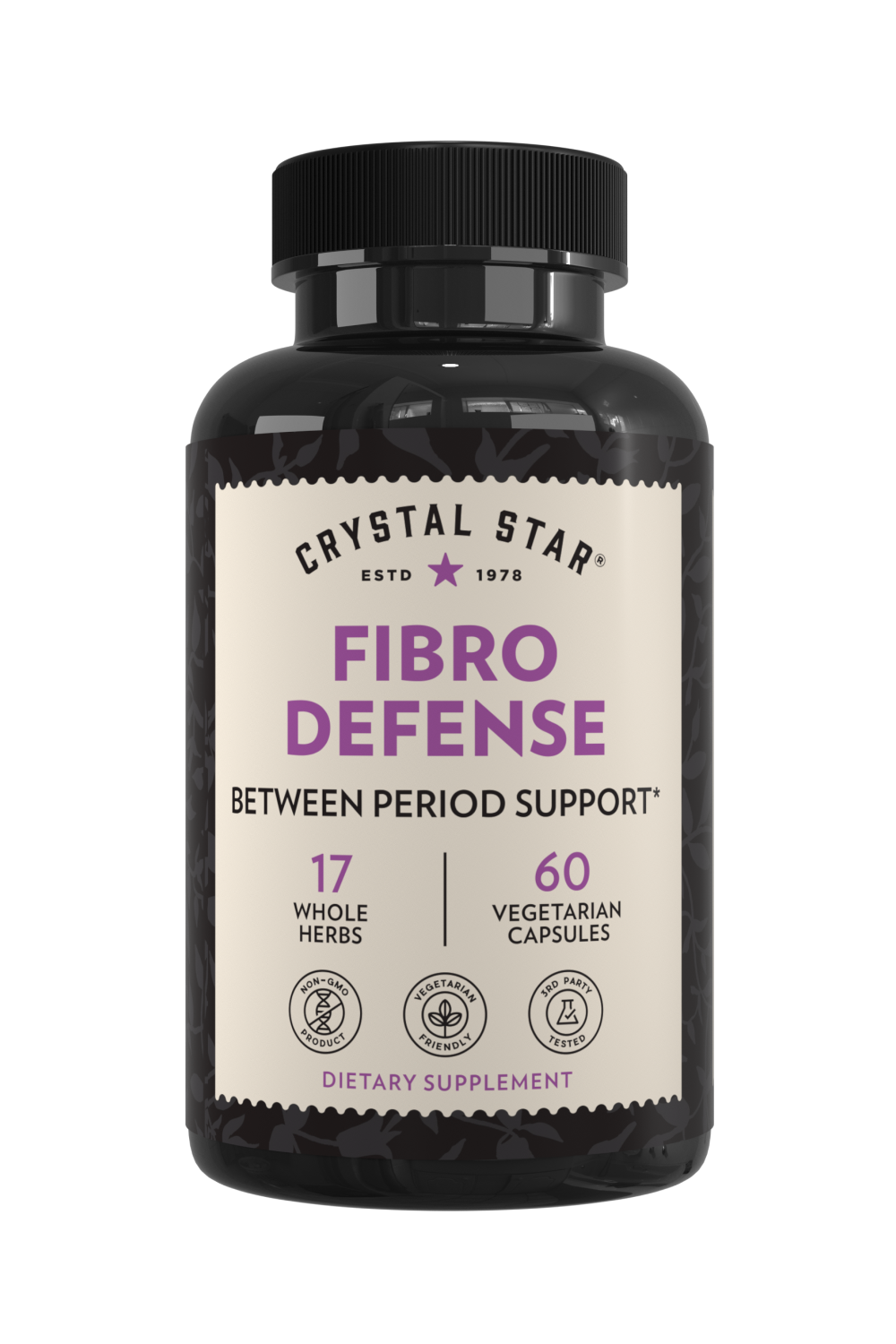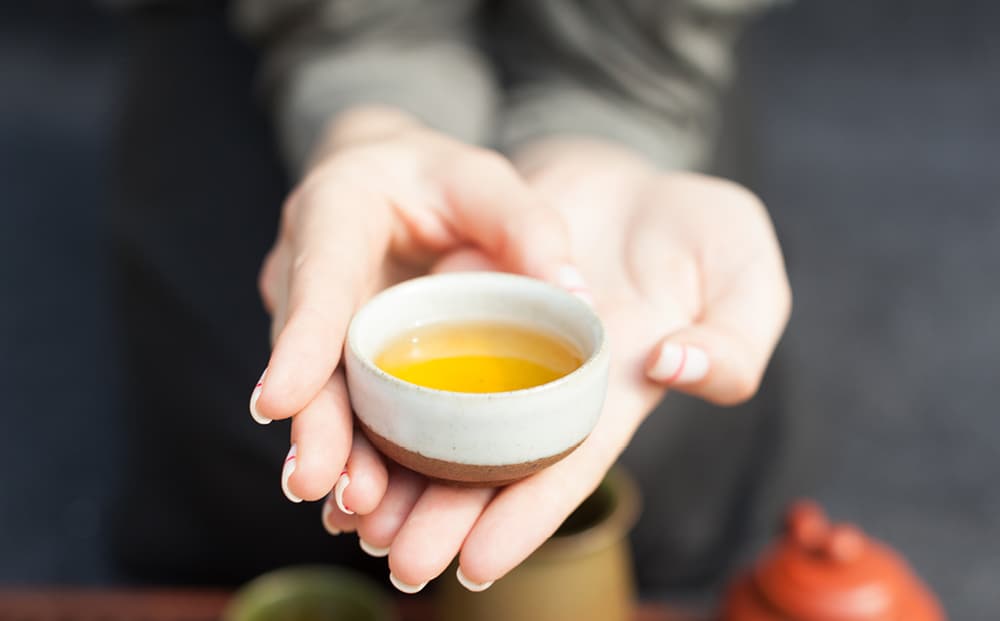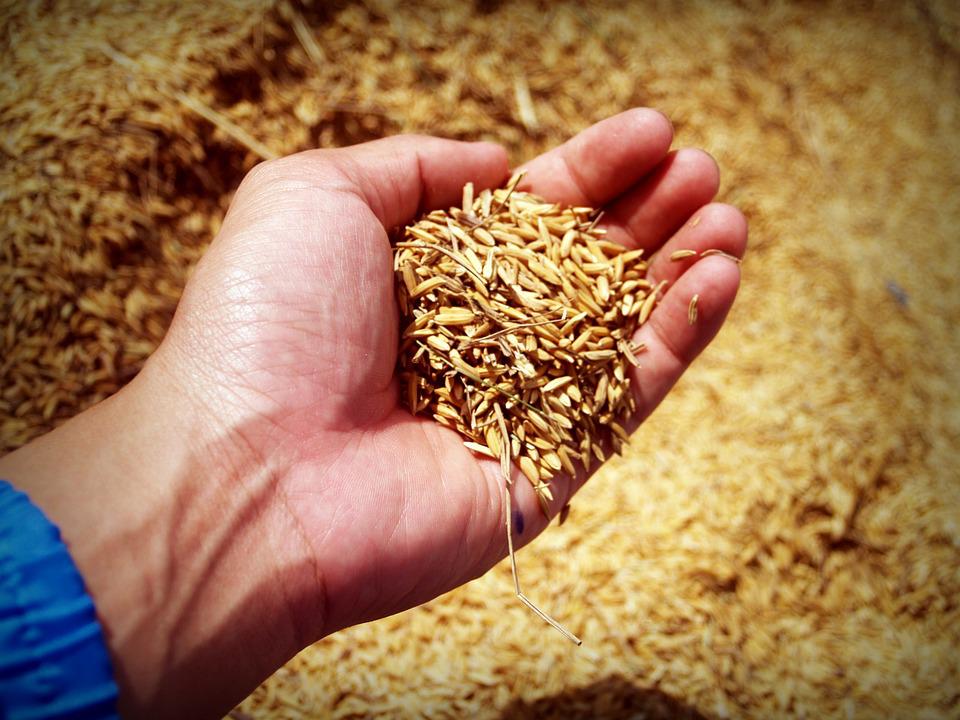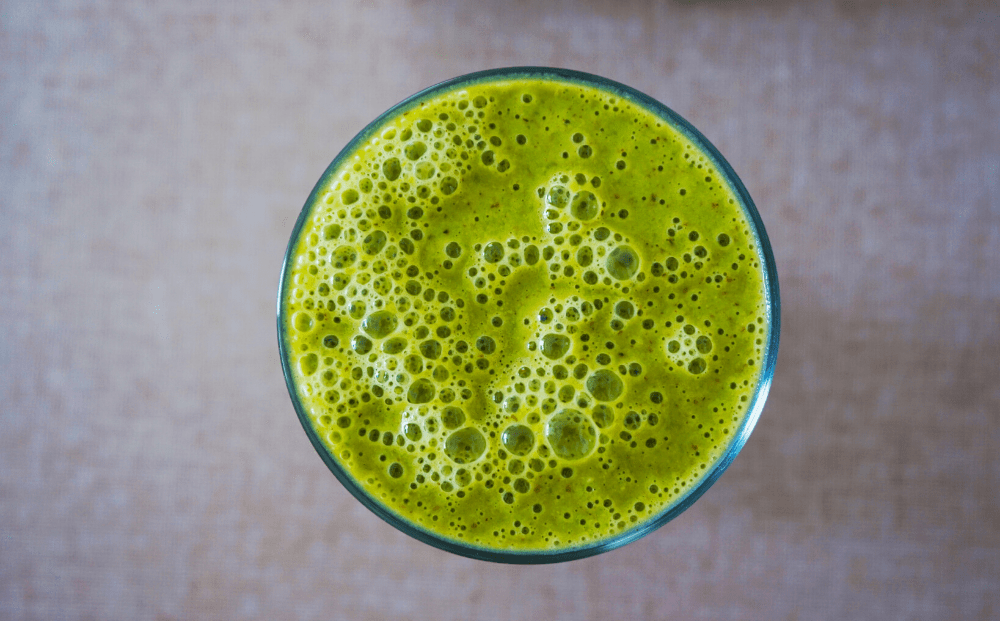
Don’t wait out uterine fibroids
Up to 70% of all women will develop uterine fibroids by age 50. About 25% of us will go on to develop symptoms ranging from heavy menstrual bleeding to staggering pelvic pain. And while fibroids rarely threaten our lives or fertility, they can require surgery in severe cases. But for most of us, our fibroids are mild-to-moderate, waxing and waning throughout our reproductive years until (we hope) the hormonal shifts at menopause bring balance and relief.
While no treatment is guaranteed to prevent fibroids, at-home care to manage your hormones means you don’t have to wait until menopause to feel at home in your body.
WHAT CAUSES FIBROIDS?
Uterine fibroids are benign tissue growths that appear on uterine walls. While your genes contribute to your risk of developing fibroids, your hormones also play a significant role. Exposure to hormone disrupting chemicals like pesticides and BPA in plastics can stimulate fibroid growth, as can obesity, a diet rich in red meat, and even some hormonal birth control.
Researchers continue to study the effects of plant-based estrogens like isoflavones in soy, which may increase fibroid risk in infants fed soy formula. That said, moderate intake of organic whole-soy products like tofu and miso (as opposed to highly-processed products like soy-based formula, milk, and supplements that contain high concentrations of isoflavones) is likely safe and may even reduce breast cancer risk in non-pregnant or nursing adult women.
If all this sounds like a fibroid-inducing minefield, don’t worry. Our hormones are incredibly responsive to positive changes in our diet, environment, and lifestyle.
NUTRITIONAL SUPPORT
Foods to add
High-fiber diets decrease your body’s circulating estrogen, and cruciferous vegetables like broccoli, cauliflower, cabbage, and brussel sprouts also contain indole-3-carbinol, a compound that helps your body metabolize estrogen. Sea greens like dulse and nori are a good source of iodine, another potential estrogen regulator.
Try to get most of your protein from plant sources like beans, nuts, seeds, quinoa, brown rice, sprouts, and avocado. Low-mercury seafoods and hormone-free poultry are also safe choices, as are hormone-free fermented dairy products like yogurt and kefir, which contain anti-tumor-forming calcium, vitamin D, and butyric acid. This tool can calculate your recommended daily protein intake.
Foods to avoid
Reduce alcohol and caffeine intake—research shows that high coffee consumption may spur estrogen production, leading to fibroid growth. Try substituting your morning joe with a cup or two of fibroid-fighting green tea. Green tea contains less than half the caffeine of coffee, along with antioxidants and l-theanine, a calming amino acid that counteracts that “wired” feeling you get from caffeine.
Eliminate fibroid-aggravating red meats as well as sugary foods, which increase systemic inflammation and fat deposits, which in turn raise circulating estrogen levels.
HERBS AND SUPPLEMENTS
Get ahead of your cycle
If you’re still menstruating, try starting a protocol once your last period ends. Look for herbal blends that target inflammation and pain while supporting healthy tissue. A good formulation will contain herbs like ginger, pau d’arco, goldenseal, and red raspberry. Bonus points for blends that contain maitake mushroom—preliminary studies show that it may slow tumor growth. Use as directed until your next period begins.
Use as suggested until your next period begins.
Once your period begins, switch over to a formula that supports balanced hormones as well as occasional discomfort and inflammation. Goldenseal and red raspberry are still good bets, but look for additional herbs like uva ursi, cramp bark, and Jamaican dogwood. Consider blends that include rehmannia, which Chinese Medicine regards as a potent tonic for blood circulation. Some studies have found that blends containing rehmannia may even improve pain and fertility outcomes in endometriosis patients. Use this blend as suggested for the duration of your period, then switch back to the first one. Repeat this protocol for three to four cycles.
Not menstruating? Stick to the first blend in this protocol for three to four months.
Support your liver
Our livers produce enzymes that metabolize most of our body’s estrogen, so give it some love for all that hard work. Try a cup of dandelion root tea after dinner to stimulate bile production (another liver function), which yields the added benefit of breaking down and assimilating fats and fat-soluble vitamins.
Milk thistle may also support liver function and can aid with indigestion. While some online sources caution that milk thistle has estrogen-like effects, this inference is based on studies of silymarin, a concentrated, flavonoid , extract of milk thistle. As with soy, it’s the processing that’s the problem—whole-herb milk thistle is more likely to help with your fibroid management than to hinder it. If you’re still uneasy about milk thistle and prefer to avoid it, that’s okay. CoQ-10 is a potent antioxidant that also shows promise in treating inflammatory liver conditions. Try supplementing with 100mg daily.☼
MIND AND BODYWORK
Make friends with stress
Stress can affect your hormone levels, but believing that stress can harm you may be the bigger risk to your health. How to stop stressing about stress? Make friends with it through mindfulness practices. Daily free guided meditations that take as little as 10 minutes a day can reduce the impact of stress and help manage chronic pain. Stress is part of life and innate to any act of commitment or bravery, from starting a new job or family, to learning to dance or driving in rush hour traffic.
Health care providers trained in biofeedback can also help you learn how to calm your nervous system and some at-home gadgets let you perform biofeedback, (or a brain-wave based subset called neurofeedback) with your smartphone.
Exercise
Research shows that regular, vigorous exercise may help prevent fibroid onset. If rowing machines and jumping jacks aren’t your thing, sign up for a dance or vinyasa yoga class. For a low-impact workout, try cycling, swimming or water aerobics classes.
KEEP YOUR PROVIDERS IN THE LOOP
Update your health care providers on any herbs or other supplements you may be taking, as well as any changes in your diet and exercise. Fibroids are common, but pain is not inevitable. Natural food and lifestyle choices can help manage fibroids, and even help you recover from surgical or pharmaceutical interventions.
☼ CoQ10 may reduce the effectiveness of blood thinning drugs like Warfarin. Consult with your doctor on the remedies you’re taking.








